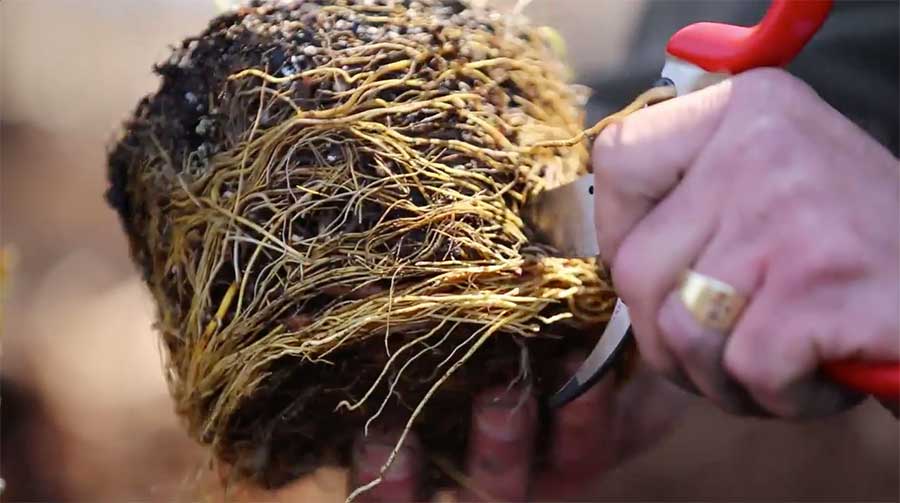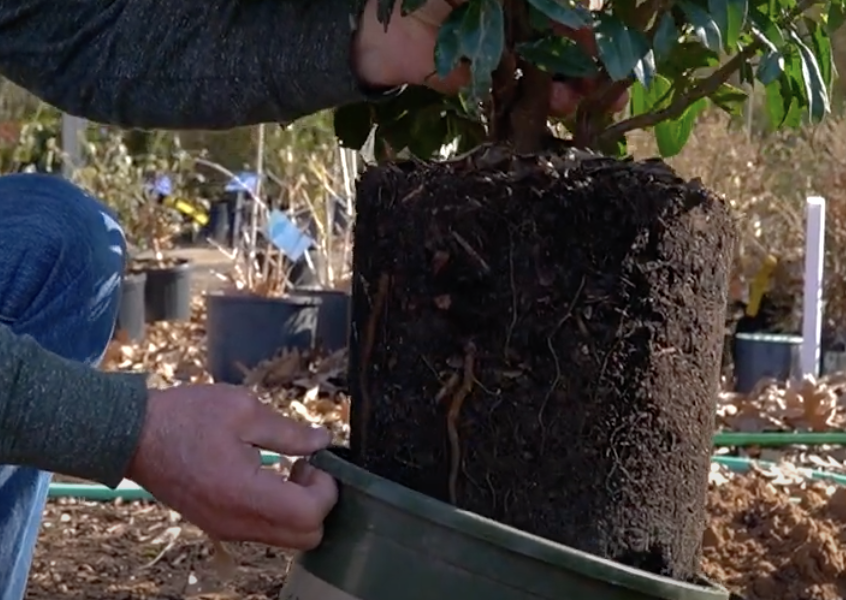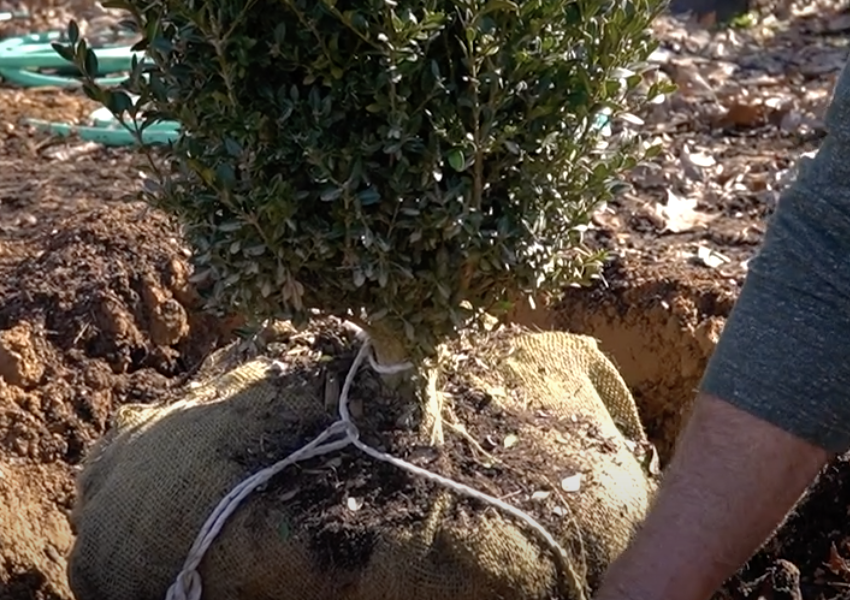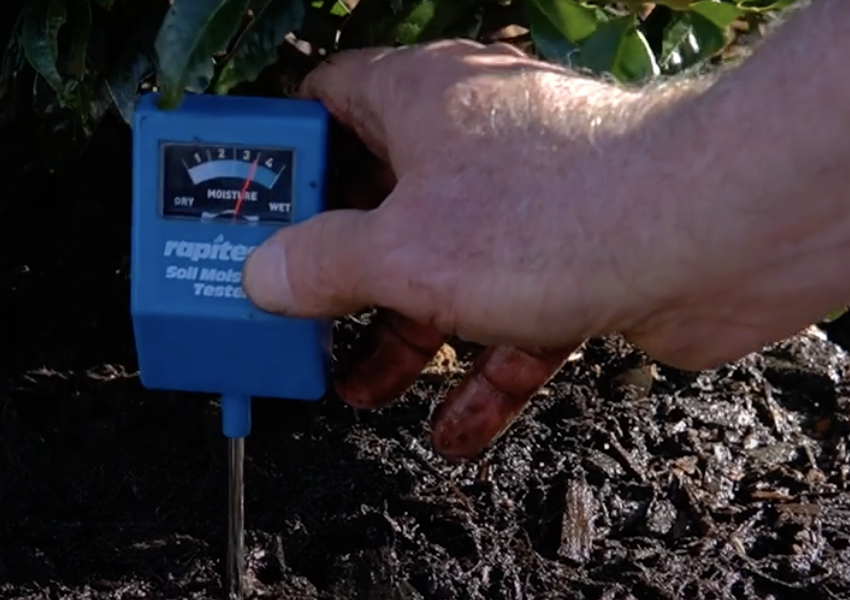Getting to Know Your Soil
Correct plant methods relate closely to soil type, which is why it’s so important to get to know your soil before planting. There is a lot of information out there, and not all of it is accurate or applicable to all soil types. Here in central Arkansas, most soil have at least some clay in them and in many areas, the soil is mostly clay.
Clay Soils
What happens when you plant in clay? The clay binds together and can form a kind of an artificial in-ground pot. And most importantly, it’s an artificial in-ground pot that lacks good drainage, which can be very detrimental to plant roots. If there isn’t a place for excess water to go, it stays in the soil near plant roots, filling air pockets with water as opposed to oxygen. If the water stays near the plant roots for too long, and plant roots have no access to oxygen, the plant essentially drowns.
What is Good Drainage?
Sometimes the symptoms of too much water or lack of drainage can include wilting or yellowing of top growth. These symptoms can be interpreted as a lack of water. This can result in a homeowner applying even more water to an already drowning plant. It’s one of the many reasons that performing a drainage test and getting to know your soil before planting is so important.
What is a Drainage Test?
A drainage test includes digging a hole near where you will be plant, at least a foot deep and a foot wide. Fill the planting hole with water. Take note of how long the water took to drain out into the surrounding soil. If it takes more than a few minutes, the drainage isn’t good and adjustments will have to be made for better plant health.
How to Address Poor Drainage
There are several ways to address drainage. If you are starting over or building a new bed, either in your landscape or as a garden bed, we recommend building the bed with our blended soil. This consists of compost, horse manure, leaves and sandy loam. To amend existing soil, add one-third amendment, such as compost, to the existing soil. Try to keep an approximate ratio of 70% native soil to 30% amendment.
In both cases, address the top sixteen inches of soil; this is where most of the roots for shrubs to their work.
If your yard is compacted clay, dig down about two feet at planting and add some gravel at the bottom of the planting hole. By doing this, you are creating a kind of french drain. The gravel gives the water a place to rest away from the plant roots.

Additional Planting Tips
Another planting tip is not to disturb the roots too much. You don’t have to cut plant roots to get them growing, however, if the roots are bound and circling, loosen them a bit. This will encourage them to grow outward, instead of continuing to grow in that same root-bound, circling direction. The roots shown in the image just above are severely pot bound and will benefit from being cut or loosened. The roots shown in the How to Plant a Plant video linked below do not need to be cut or loosened, as they are not circling and severely pot bound. If you have questions on this topic, email us or give us a call!
When you dig deeper than the root ball height, some settling will occur. In this case, we suggest planting the root ball a little high, about an inch. After some settling occurs, the top of the root ball should be level with the surrounding soil. You don’t want to plant too high and create a volcano. You also don’t want to plant too low and have excess water settling on the plant crown, which is where the plant top growth meets the soil.

How To Plant A Plant
In this article, you’ll learn how to take your new plant out of the container and properly plant in ground for best success.

How To Plant A B&B Tree Or Shrub
This guide on how to plant a ball and burlap tree or shrub covers topics like placement, how deep to plant, and care tips.

Take The Guesswork Out Of Watering With A Moisture Meter
Watering can be the cause of why your plant isn’t succeeding. Here you’ll learn what a moisture meter is, how to read it, and ways to adjust your watering for best results.